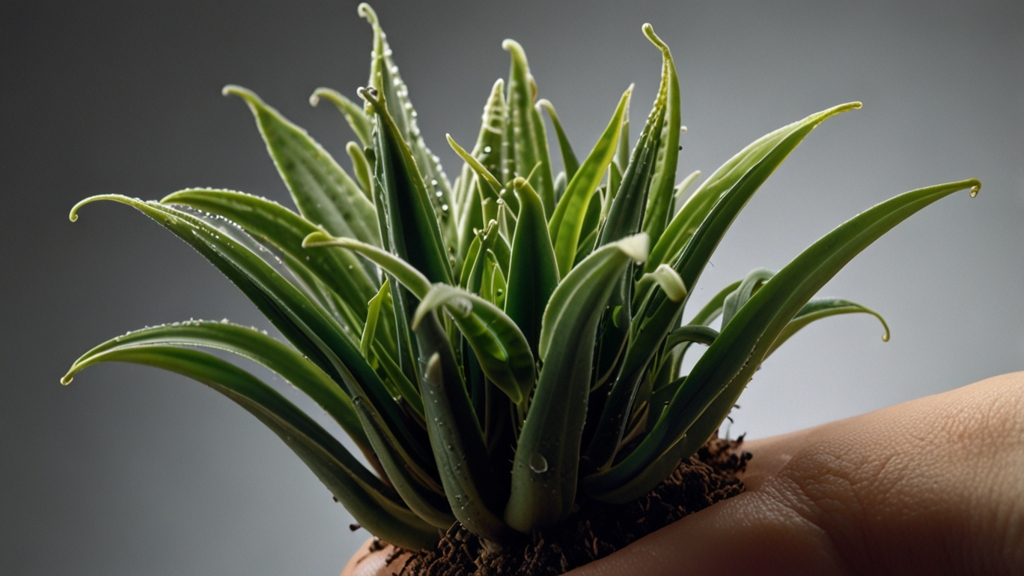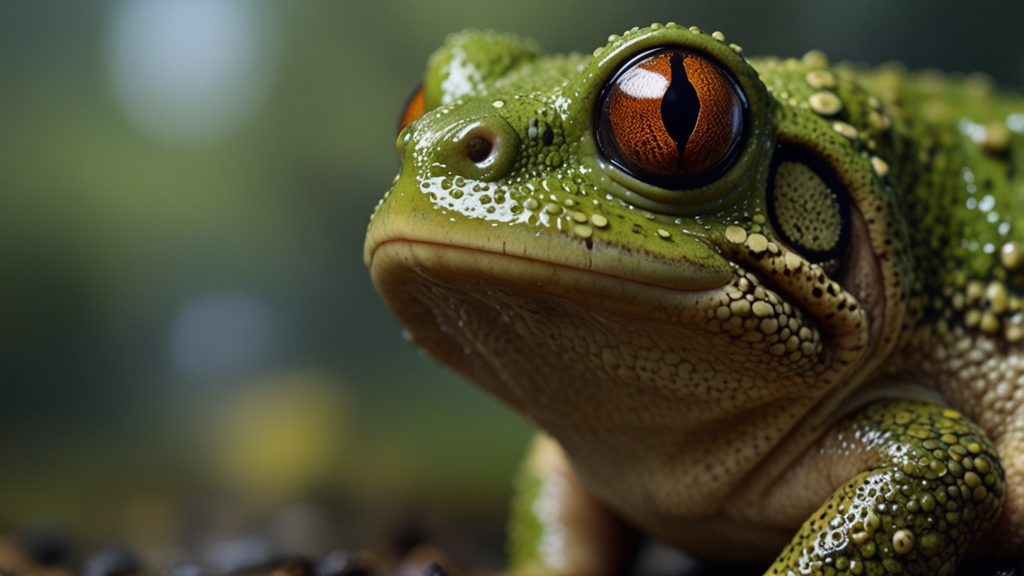Plants That Can Hear: Exploring the Fascinating World of Plant Communication
The notion that plants can hear is as intriguing as it is controversial. Yet, a growing body of research suggests that plants are far more attuned to their environment than previously thought. Though they lack ears or a nervous system, plants have developed remarkable mechanisms to perceive and respond to acoustic signals. This intriguing phenomenon opens up a new dimension in the field of plant communication and begs the question: can plants actually hear?
The Science Behind Plant "Hearing"
One of the pivotal studies that fueled interest in plant acoustics was conducted in 2014 by researchers at the University of Missouri. They discovered that the sounds of a caterpillar chewing on a leaf could lead the plant to release more defensive chemicals. This reaction suggests that the plant was able to detect the vibrations caused by the chewing and responded accordingly. This form of "hearing" is a form of mechanoreception, where plants sense mechanical vibrations through their tissues.
“Plants can differentiate between different types of vibrations, just as animals can distinguish between sounds of varying frequencies.” - Heidi Appel, Lead Researcher, University of Missouri
Further research has revealed that not only can plants perceive vibrations and sounds, but they can also distinguish between types of sounds. For instance, plants like Arabidopsis thaliana have shown responses not just to the threatening vibrations from caterpillar munching but also to more benign sounds like wind and rain. This sensory differentiation indicates a sophisticated level of environmental interaction.
How Do Plants "Hear"?
Plants do not have ears, so how do they manage to recognize these sounds? The secret lies in their biological structures. Plants have mechanoreceptors, specialized cells that respond to mechanical stimuli like pressure or distortion. These receptors can pick up on the subtle vibrations that travel through the air or the ground.
Root systems play a crucial role in this sensory web. The root cap, which is the tip of the root, contains cells that help plants sense their surroundings, including sound vibrations. These cells help roots navigate soil and find essential nutrients and water, but they may also aid in sound detection.
“Plants have an ability called 'thigmomorphogenesis,' where they grow differently in response to mechanical stimulation, including sound vibrations.” - Dr. Monica Gagliano, Evolutionary Biologist
Interestingly, recent studies suggest that sound waves can affect seed germination and plant growth. Some researchers have even experimented with playing classical music to plants, resulting in improved growth rates and overall health.
Implications and Applications
The discovery that plants can hear opens up numerous possibilities, particularly in agriculture and horticulture. Understanding how plants respond to sound could lead to innovative methods for enhancing plant health and growth without chemical inputs. Imagine farms where the hum of machinery is replaced by specific sound frequencies designed to optimize plant health. The potential benefits include increased yields, improved resilience to pests, and reduced reliance on pesticides.
Moreover, the concept of plant communication extends our understanding of ecological interactions. Plants "talk" to each other and their environment by releasing chemical signals and responding to vibrations. This communication network forms a hidden web that maintains ecological balance and supports life on Earth.
Challenges and Future Directions
While the idea of plants that can hear is fascinating, it faces skepticism and requires rigorous validation. The field of plant acoustics is still burgeoning, and much of the evidence is preliminary. Future research must aim to uncover the precise mechanisms involved and to discern the practical applications of these findings.
Nevertheless, the current body of research provides compelling evidence that plants are sentient in ways we are only beginning to understand. By unlocking the secrets of plant communication, we are not just enriching our knowledge of botany; we are also enhancing our ability to coexist with the natural world.
“The more we learn about the hidden lives of plants, the more we realize that our understanding of life itself is just starting to flower.” - Dr. Suzanne Simard, Forest Ecologist
In conclusion, the idea that plants can hear challenges our traditional views of the plant kingdom. These silent yet perceptive organisms have evolved intricate methods to sense and interact with their environment, opening up a new frontier in plant science. As research continues to bloom, who knows what other secrets the plant world will reveal?









